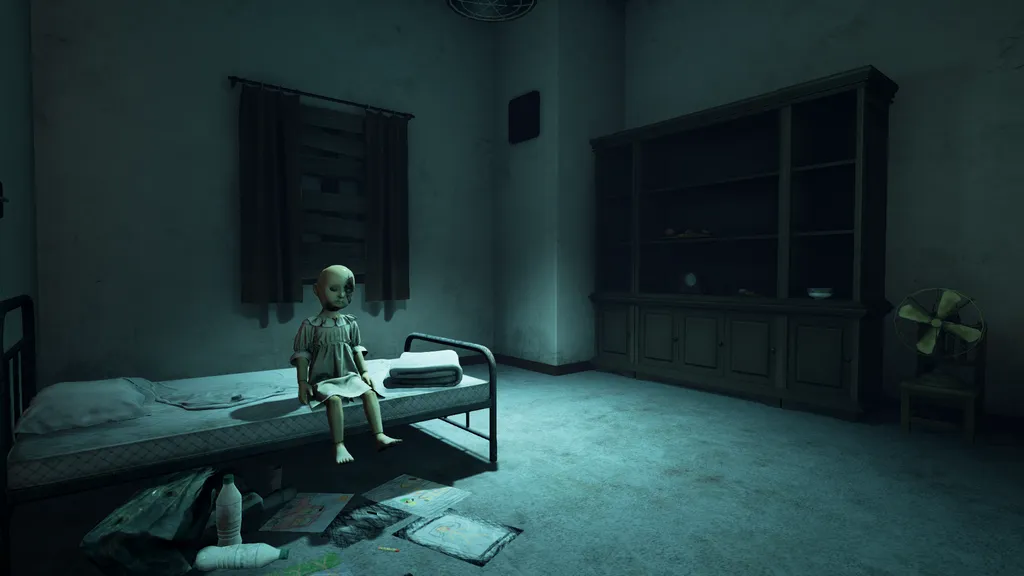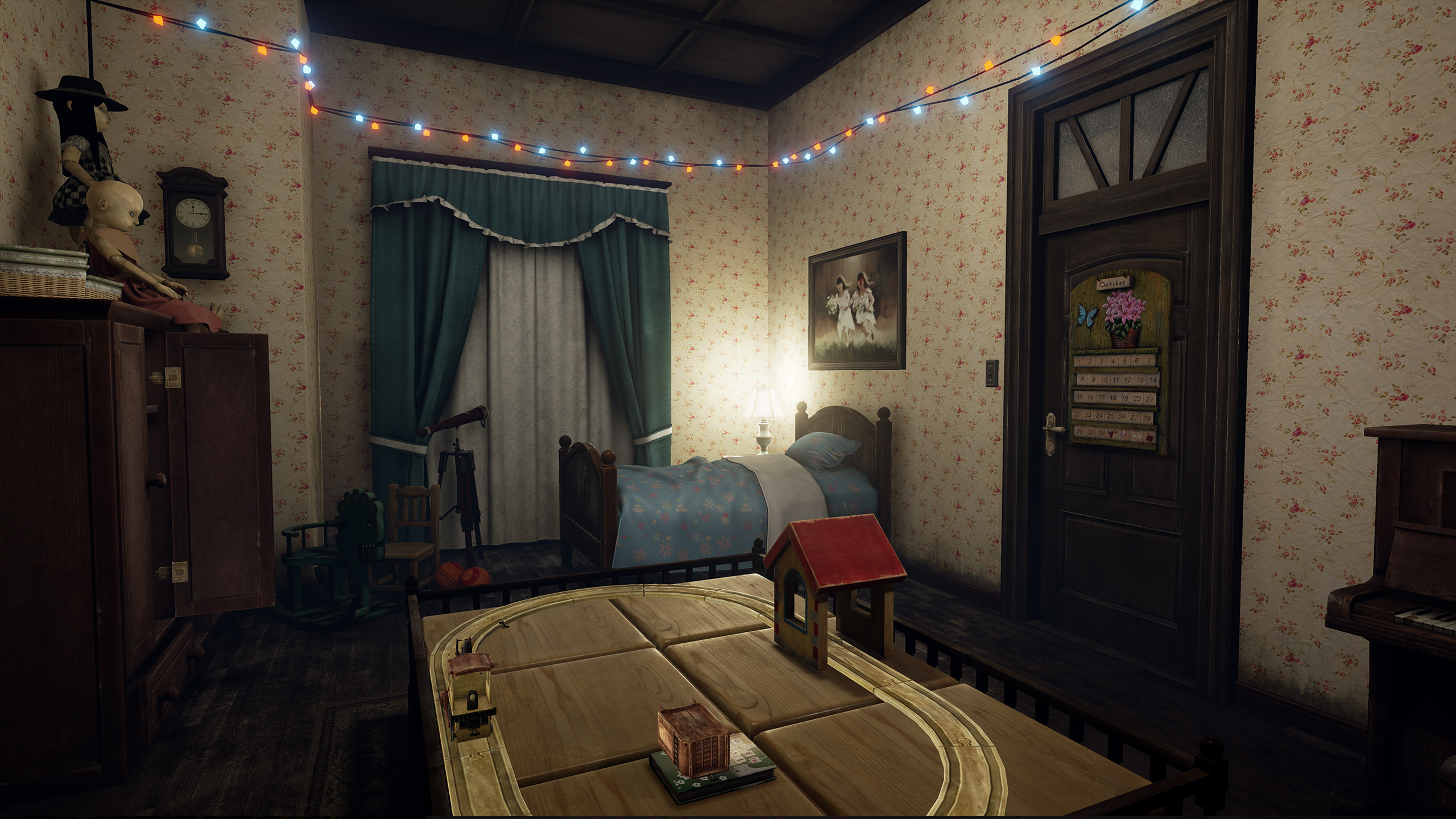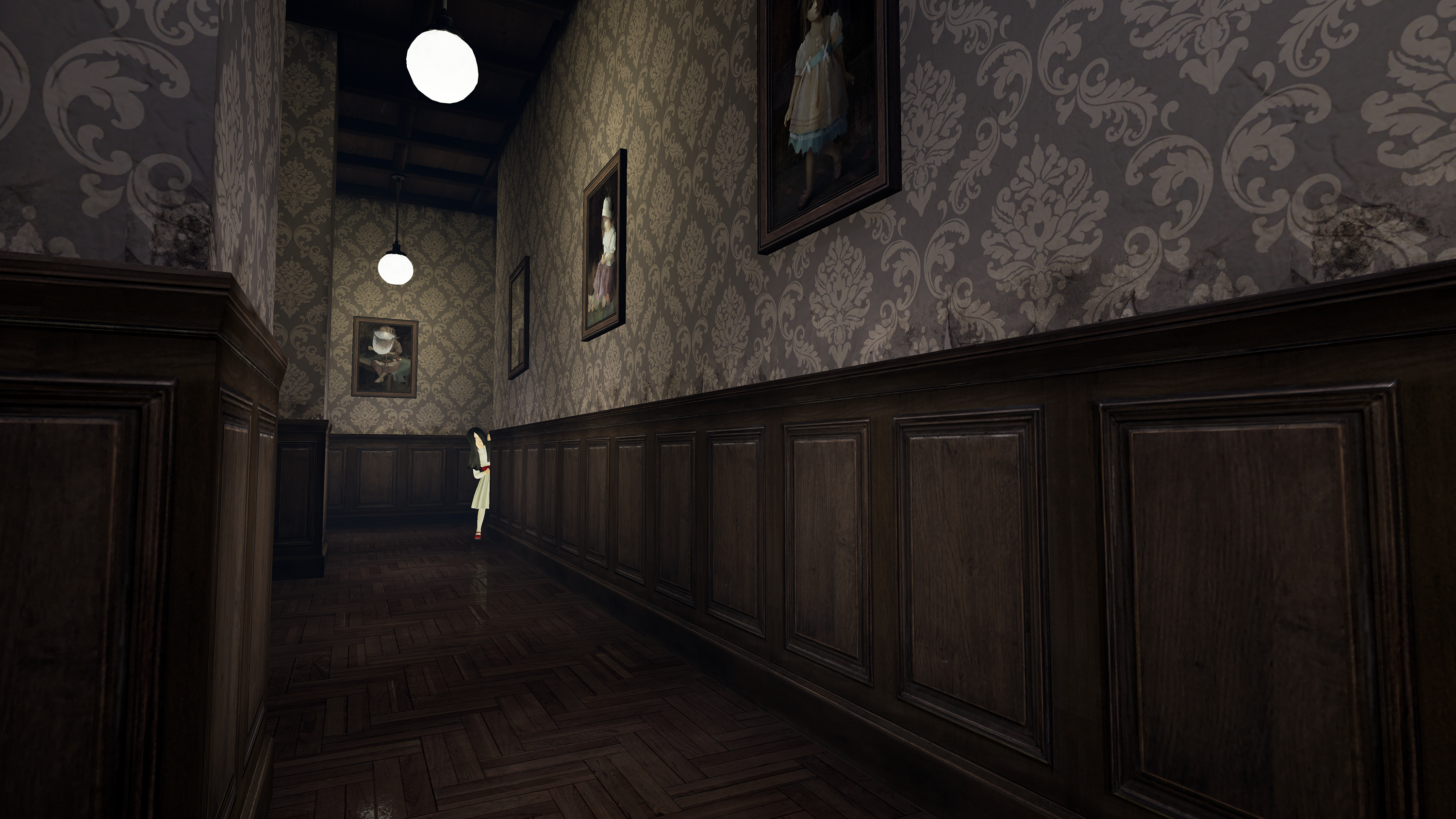I’m all for short VR experiences. Narrative pieces like Gnomes and Goblins and the precious few minutes of wish fulfillment found in Star Wars: Trials on Tatooine suggest that smaller games and films might be the way forward for this new industry. But, in order to justify the purchase of a premium experience with a running time of under an hour, you’ve got to present some interesting mechanics, a worthwhile story, or a stunning world to immerse yourself in.
Weeping Doll doesn’t do any of these things.
Developed by Chinese studio, TianShe media, Weeping Doll is a first-person ‘thriller’ in which you play as a housemaid that arrives at her employer’s manor one day to find the family missing and a strange girl scurrying around. As you travel from room to room, you’ll learn what has become of the two parents and their two daughters that occupied the house. This is all done using the DualShock 4 and a ‘Shadow Step’ teleportation system as you uncover keys and solve puzzles to unlock doors.
But here’s what you really do: you go into a room, you have a look around, you go upstairs, you have a look around, you go downstairs and have an extra look around, then you go upstairs and have one final look around. Then the game ends without you even realizing it or really caring.
I was done with Weeping Doll (including getting all of the game’s Trophies without even looking at them) in about 40 minutes, and if I were to play through it again I’d wager it could be beaten in under 15. There are three puzzles in the game, only the last of which involves any kind of complexity beyond opening draws to find keys.
Environments are littered with objects, but only a few items relevant to the story can actually be interacted with, and everything else remains glued down in an age that we’re used to picking things up and inspecting them with great detail. Seeing as the game uses teleportation, PlayStation Move support could really have been implemented to bring you into the world. As it stands, you can’t even rotate objects you pick up. The game even has an inventory system that I’m fairly sure has more open slots than items to actually put in it, and even then there’s very little use for it.
What you’re left with is a world that feels more like a museum exhibition than a living, breathing space. Even though the game is confined to one house, many of its doors remain locked throughout. Mirrors in bathrooms are just blurred grey surfaces that don’t reflect. When you look through a hole in the wall, the view snaps to your face and follows you wherever you turn your head. These issues rob the game of any atmosphere.
The one shred of intrigue Weeping Doll can muster is its plot, which isn’t like many other horror games, though does take a lot of inspiration from films like Basket Case. You quickly learn that one of the family’s children has become estranged, and uncover a level of neglect that could come as a shock if the story spent much time introducing us to its characters, or if the developers hadn’t settled for some of the cheesiest voice acting yet heard in VR.
Just like publisher Oasis Games’ Pixel Gear before it, Weeping Doll is a dull VR experience with very little to offer anyone, even people that have had a PS VR for two weeks. Its promising premise is wasted on delivery, its mechanics are simple to the point of redundancy, and its presentation leaves a lot to be desired. If you’re in the mood to be chilled by VR this Halloween, there are plenty of better options out there.
Weeping Doll is now available on PlayStation VR in the EU for £7.99. A US release is not yet available. Read our Game Review Guidelines for more information on how we arrived at this score.




























